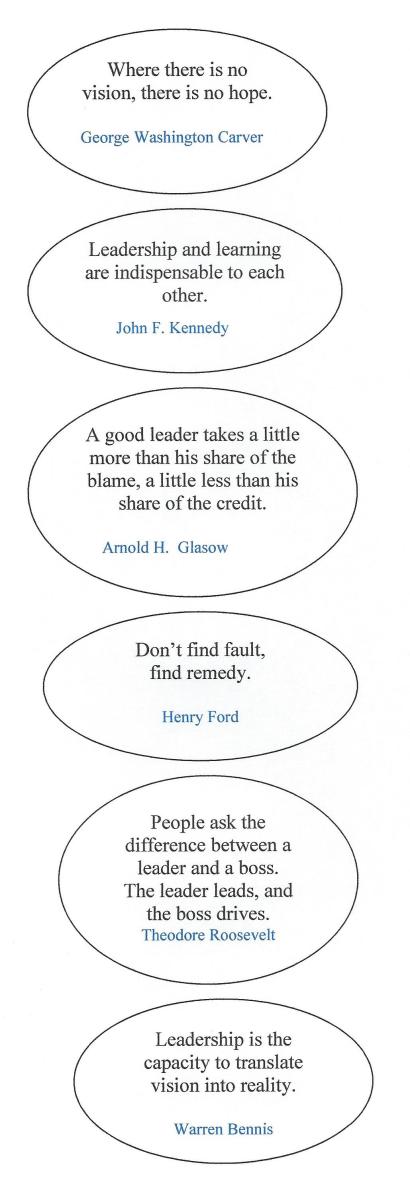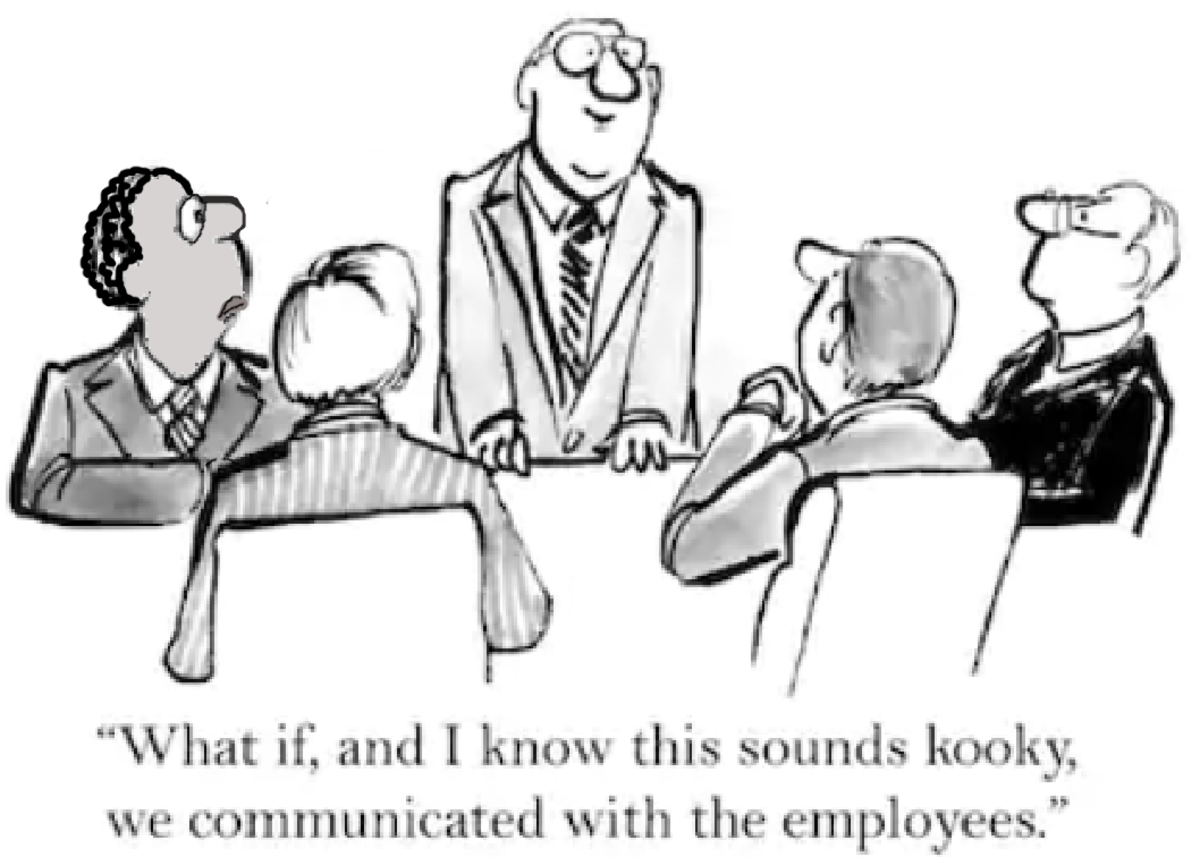3 Tricks for Managing Conflict at Work
No one is going to enjoy it when the work environment is disrupted by a conflict. It can make the workplace uncomfortable and unpleasant, productivity rates will drop along with motivation and mutual respect. Conflict at work is always detrimental and preventative measures should be taken to stop it from happening, but if/when it does happen action should be almost immediate in order to stop it before it can fester and grow into a much bigger issue which can cause a multitude of problems both at the time and in the future.
If you notice workplace conflict, you may question what you can do to help? But should you even be the one helping? Or will your interference exacerbate the situation more? It can be hard to know what the right thing to do in these situations is, so this article will lay out three easy to implement tips to help you deal with conflict at work.
What to Do If You Notice Conflict At Work
If you are an employee and you notice that some of your workmates are engaging in conflict, then you should report the conflict to your supervisor/manager as soon as you become aware of it. While this may feel uncomfortable, it is the best course of action. Letting conflict carry on unchecked will not help any of those involved or those who work in proximity to those involved. Remember that you are not going to management as a way to curry favor, or in an attempt to get your workmates into trouble, what you are doing is trying to protect the work environment. Simply looking the other way and letting this kind of behavior continue is not the right course of action. The workplace is not a schoolyard; reporting should not be seen as a negative behavior. Remember, nothing will improve if those who can do something about it are unaware of the issue. Once you have reported the matter you should not engage in it further, the fewer people who become involved the better. You should only do more if your manager/supervisor does nothing and the matter continues, then you report it again, consider doing so in writing.
If you are the employee engaging in conflict, then you should also report it to your manager/supervisor. Making them aware of the situation is the only way this can be controlled and managed in such a way so that everyone comes out of it in the best possible light. Also reporting it will show those above you in the company that you respect your working environment and your workmates, it shows a degree of responsibility and maturity that will earn you respect.
If you’re a manager/team leader etc., you need to intervene as soon as you become aware that there is an issue. You should not decide to wait to see if the issue resolves itself. Ignoring the problem will not make it go away, it will only compile it. You need to put a stop to it immediately, stop the employees engaging with each other and calm the situation down then you can start looking for a way to resolve the problem.
Have you Ever Reported Conflict at Work?
Have you Ever Reported Conflict at Work?
Step One: Investigation
As a supervisor/manager, you will need to investigate the situation fully as you cannot resolve it until you fully understand what has happened and why it happened.
You can do this in a few ways, but the most effective is to discuss the issue with the workers who are having the conflict. Speak to them individually in the first instance as if you try to have this conversation with both of them present then it could easily deteriorate into another argument.
You can also talk to your other workers to try and create an overview of what has been going on. No one will ever be entirely objective in this kind of situation; there will be biases, and different points of view, different understandings of events so the best way to create as clear a picture as possible is by listening to as many people as possible and noting the common elements in their accounts.
Once you have a handle on what has happened or is happening, you are now in a better position to do something productive that will resolve the issue.

Step Two: Open Discussion
Have an informal discussion with the person or persons involved.
Talk and, more importantly, listen to what the employees have to say. Sometimes just giving people an opportunity to speak their concerns, and know that they’ve been listened to, can improve a situation.
If at all plausible then bringing the two conflicting parties together for an informal meeting can help. Unlike in step one, this is because you will now have a better understanding of the issue and you ca better mediate and focus the meeting. You will be in a much stronger position to keep the topics focuses and prevent the situation from devolving into a full-blown argument. However, this can still be very risky and can easily devolve the situation. If after listening to them both alone, you feel that bringing them together will help then move ahead and do so. If you are worried it will only cause more strife, then you best keep them apart for the moment. But make them aware that if they cannot come together on this then it may affect their future with the company.
A calm and mediated environment in which to discuss the matter can easily lead to a resolution.

Step Three: Handbook
If matters continue to escalate even after you have discussed the situation and tried to reach a mediated solution, then you should check the company handbook.
If an informal discussion and meeting isn’t an option at this point or the previous meeting has led to an impasse, then it is time to consider a more formal approach. As the conflict will have developed into something that needs a proper formal resolution.
Both employees should be made aware of their avenues within the company for resolution, such as raising a formal grievance. They should also be made aware of the consequences if the conflict continues, the possible disciplinary action which could result in termination.
You may need to refer to your company handbook and use your internal procedures. You should read the section regarding how the company must handle grievances and if the employees are clearly at fault, the section on how to handle disciplinary proceedings.

Conclusion
You should now have an understanding of how you should respond to conflict.
If you are an employee, the best thing you can do is report conflict, whether you are involved or not.
As a team leader/manager/supervisor, you need to manage the conflict carefully, by investigating and speaking to all parties involved. Try to get them to resolve their issue in a calm and informal environment. But if this fails do not be afraid to escalate things to a more formal procedure.
Remember, if in doubt then consult the company handbook, or discuss the matter with HR.
For more information then check out ACAS, they provide a completely free and detailed handbook on how to deal with conflict in the Workplace.
ACAS
- Acas
We provide information, advice, training, conciliation and other services for employers and employees to help prevent or resolve workplace problems.








